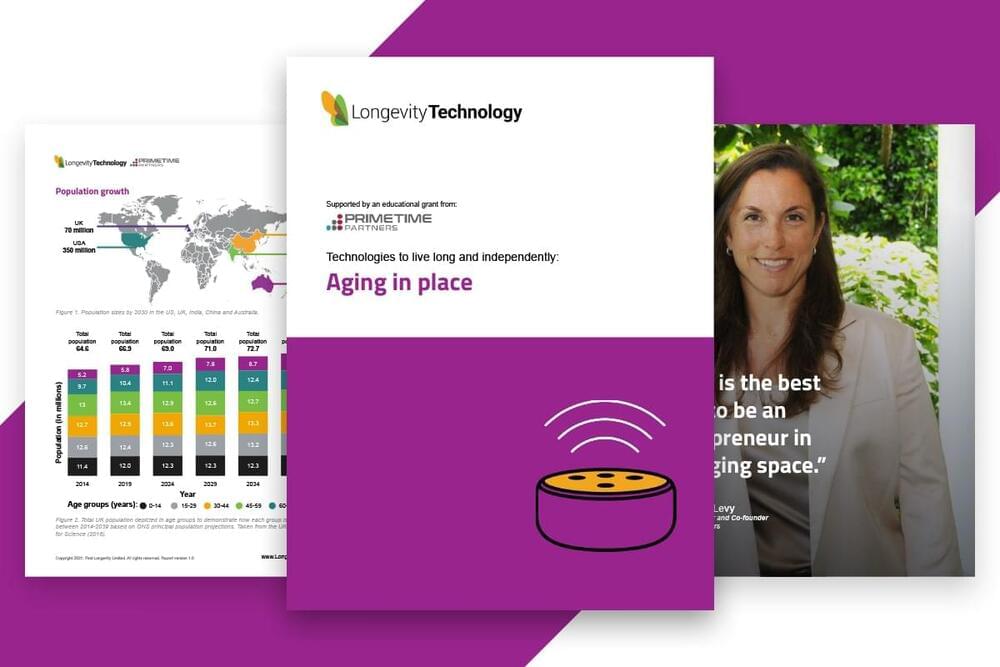The Metaverse Group describes itself as “the world’s first virtual real estate company”.
Decentraland space will be used to host virtual fashion shows for avatars.

Our hunter-gatherer ancestors are huddled around a campfire when they suddenly hear the nearby bushes rustling. They have two options: investigate if the movement was caused by small prey such as a rabbit, or flee, assuming there was a predator such as a saber-tooth tiger. The former could lead to a nutritious meal, while the latter could ensure survival. What call do you think our ancestors would have made?
Evolution ensured the survival of those who fled the scene on the margin of safety rather than those who made the best decision by analyzing all possible scenarios. For thousands of years, humans have made snap decisions in fight-or-flight situations. In many ways, the human race learned to survive by jumping to conclusions.
“In modern context, such survival heuristics become myriad cognitive biases,” said Eric Colson, Chief Algorithms Officer at Stitch Fix. Let’s look at the most common biases or shortcut decisions that influence organizational leaders and how decision intelligence can come to their rescue.

It feels a bit like a headline ripped from the plotline of the 2013 flick “Gravity” — NASA astronauts suddenly find themselves having to worry more about the threat of space debris whipping around Earth at over 17,000 miles per hour.
Just two weeks after the current crew of the International Space Station had to take emergency shelter in the Russian Soyuz and SpaceX Crew Dragon capsules that are docked to the ISS, NASA has now postponed a planned spacewalk because of the threat.
One source of the increased threat is Russia’s recent anti-satellite missile test that created hundreds, if not thousands, of new pieces of debris in low-earth orbit. On November 15 it was reported that Russia blasted one of its own defunct satellites to smithereens, a move that drew global condemnation.

Most times when we think of deepfakes, we think of the myriad negative applications. From pornography to blackmail to politics, deepfakes are a product of machine learning. They create a lie that is so realistic that it is hard to believe it is not the real thing. In a society plagued by fake news, deepfakes have the potential to do a substantial amount of harm.
But a recent team of researchers found another use for deepfakes — to deepfake the mind. And using machine learning to simulate artificial neural data in this way may make a world of difference for those with disabilities.
For people with full body paralysis, the body can seemingly become a prison. Communicating and the simplest of tasks may appear to be an insurmountable challenge. But even if the body is frozen, the mind may be very active. Brain-computer interfaces (BCIs) offer a way for these patients to interact with the world.
BCIs do not rely on muscle or eye movements. Instead, the user is trained to manipulate an object using the power of thought alone. BCIs can allow a fully paralyzed person to operate a wheelchair by just thinking, to move a cursor on a computer screen, or even play pinball by moving the paddles with their mind. BCIs can be freeing for people with this type of paralysis. It can also be used to treat depression or to rehabilitate the brain.
Full Story:

And it uses components already commercially available.
Engineers at Stanford University have demonstrated a new, simpler design for a quantum computer that could help practical versions of the machine finally become a reality, a report from New Atlas reveals.
The new design sees a single atom entangle with a series of photons, allowing it to process and store more information, as well as run at room temperature — unlike the prototype machines being developed by the likes of Google and IBM.
Quantum computers rely on qubits rather than the ones and zeroes, or bits, of classical computing. Qubits can exist in three different states — a one, a zero, or a superposition of one and zero simultaneously — meaning they can, in theory, carry out computations it would take classical computers thousands of years to achieve.
Though quantum computers have the capacity to perform such complex tasks, they have so far been hindered by their sensitivity to heat and vibrations — a problem that means they have to be kept at temperatures close to absolute zero.
Full Story:
And it’s down for tests this year.
Last month, Pantuo Aviation revealed the PANTALA Concept H, a sleek-looking flying taxi concept that has strong similarities to Lilium’s ducted fan eVTOL aircraft at the same time as featuring some key design differences.
As little was announced in the way of specifications or development progress at the time, we reached out to Pantuo, who sent us information on their new concept via a company spokesperson.
According to Pantuo Aviation’s representative, the all-electric PANTALA Concept H has a range of 155 miles (250 km) and will be able to travel at speeds of over 186 mph (300 km/h). The aircraft uses lithium-ion batteries and features 22 large-diameter electric ducted fans rather than open rotors. Much in the same fashion as Lilium’s seven-seater aircraft, which the German company aims to bring into service by 2024, the PANTALA’s fans provide added redundancy, meaning an enhanced level of safety for passengers. One factor that sets the PANTALA Concept H apart from the Lilium flying taxi, however, is the fact that its entire wing tilts to change from vertical to normal flight mode.
Full Story:

The original 2017 transformer model was designed for natural language processing (NLP), where it achieved SOTA results. Its performance intrigued machine learning researchers, who have since successfully adapted the attention-based architecture to perception tasks in other modalities, such as the classification of images, video and audio. While transformers have shown their power and potential in these areas, achieving SOTA performance requires training a separate model for each task. Producing a single transformer model capable of processing multiple modalities and datasets and sharing its learnable parameters has thus emerged as an attractive research direction.
To this end, a team from Google Research, University of Cambridge and Alan Turing Institute has proposed PolyViT; a single transformer architecture co-trained on image, audio and video that is parameter-efficient and learns representations that generalize across multiple domains.
The PolyViT design is motivated by the idea that human perception is inherently multimodal and previous studies that have demonstrated transformers’ ability to operate on any modality that can be tokenized. PolyViT shares a single transformer encoder across different tasks and modalities, enabling up to a linear reduction in parameters with the number of tasks.



We continue our overview of the Longevity Forum’s Science Summit at Oxford’s Oriel College, part of Longevity Week and hosted by Professor Lynne Cox and Jim Mellon.
Longevity. Technology: Severe community-acquired infections (such as community-acquired pneumonia and COVID-19) are more common in older adults, and overall outcomes are worse. But why as we get older are we more susceptible and can we harness the immune system to improve clinical trajectories in older adults?
Professor Liz Sapey is the Chair of Acute Medicine and an academic acute and respiratory medicine physician at the University of Birmingham and University Hospitals Birmingham NHS Foundation Trust. Sapey presented on what is known about susceptibility to infection as we age.